

Engage prospects with a scan and streamline customer engagement with FREE QR code marketing tools by Sona – no strings attached!
Create a Free QR CodeFree consultation

No commitment

Engage prospects with a scan and streamline customer engagement with FREE QR code marketing tools by Sona – no strings attached!
Create a Free QR CodeFree consultation

No commitment
QR codes have revolutionized car racing equipment retailers by transforming static displays and print materials into dynamic, measurable conversion drivers. Whether it’s acquiring new customers, enhancing in-store experiences, or streamlining product information delivery, QR codes enable instant, mobile-friendly actions that capture real-time engagement data—turning every marketing asset into a powerful sales tool. Imagine knowing exactly which equipment demos or promotional offers ignite customer interest and drive purchases, then optimizing your campaigns on the fly.
With Sona QR, creating dynamic, trackable QR codes is effortless. Update campaigns instantly without costly reprints, connect every scan to sales metrics, and gain actionable insights that accelerate growth. No missed opportunities, just smarter, data-driven conversions tailored to your racing gear business.
Start for free with Sona QR today and shift your car racing equipment retail strategy into high gear—turn every scan into a sale.
The top car racing equipment retailers online include specialized stores that offer a wide range of racing gear and parts, known for quality and reliability.
High-quality racing car parts can be found at reputable car racing equipment retailers that specialize in performance and safety components.
Choosing the best racing equipment retailer involves considering factors such as product quality, customer reviews, variety of gear offered, and retailer reputation.
The most popular racing gear stores are those with extensive selections of equipment, positive customer feedback, and trusted brands in the racing community.
Reviews of car racing equipment retailers can be found on specialized racing forums, retailer websites, and independent review platforms.
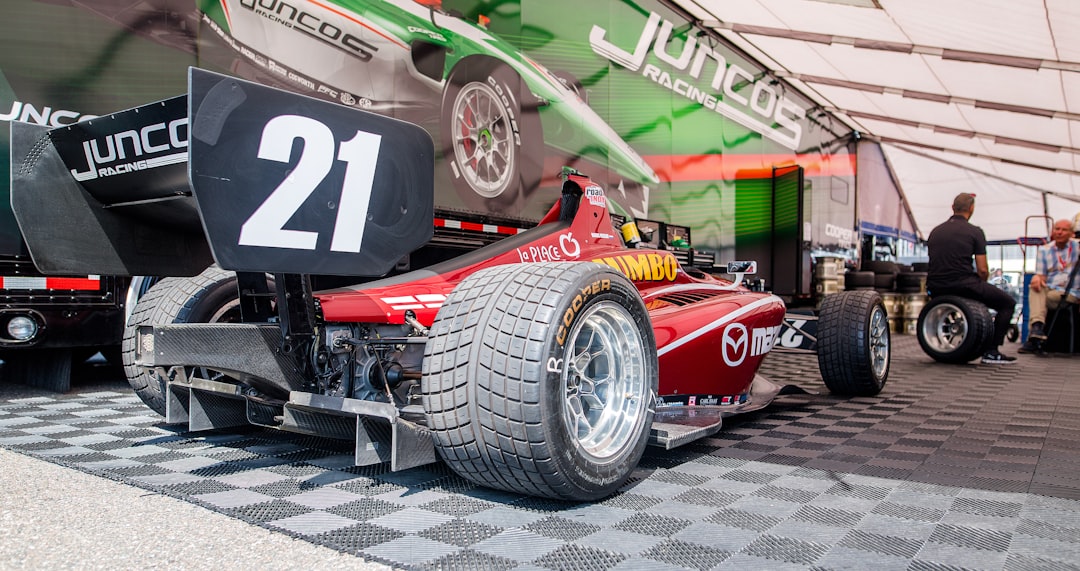
In today’s digitally driven world, QR codes have evolved from novelty to strategic powerhouse, bridging offline engagement with online action. For car racing equipment retailers, QR codes represent a frictionless, measurable, and surprisingly effective way to boost in-store footfall and online conversions—whether shoppers are seeking racing car parts, high-performance car accessories, or exclusive event invites.
Car racing equipment retailers face unique challenges: connecting physical product displays and showroom experiences to e-commerce, managing fragmented buyer journeys, and measuring the impact of offline advertising on actual sales. These hurdles often result in lost high-value prospects who browse without leaving contact details, making re-engagement difficult. QR codes help bridge these offline-to-online gaps, create real-time engagement opportunities, and surface valuable data that previously slipped through the cracks. For measurement clarity, see Sona’s take on offline attribution.
By integrating QR codes throughout key customer touchpoints, car racing equipment retailers can streamline product discovery, enable one-scan product comparisons, deliver interactive content, and retarget high-intent buyers across digital channels. This guide explores actionable strategies for transforming physical touchpoints into revenue-driving digital onramps, forging a path to both better engagement and clearer attribution.
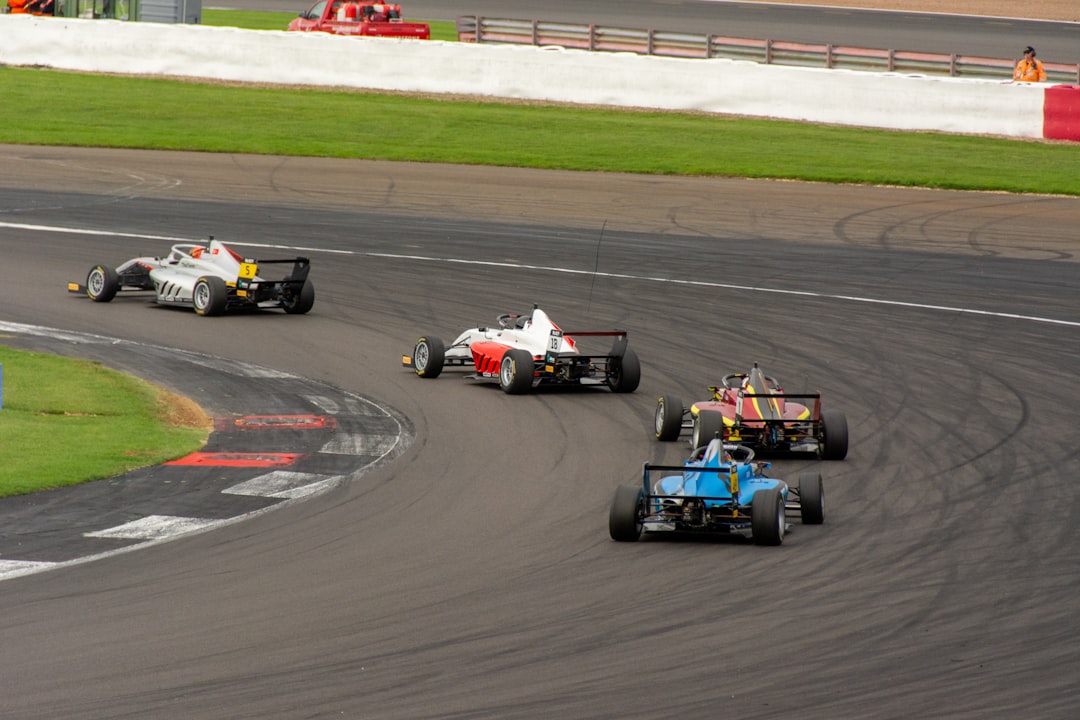
Car racing equipment retailers frequently struggle to translate in-person engagement into trackable sales, especially when high-intent prospects engage with displays or brochures but never fill out a form. QR codes bridge the gap between these physical touchpoints and digital outcomes, making it easier to achieve real business goals such as increased lead generation, higher in-store engagement, and measurable sales growth while minimizing missed opportunities for follow-up.
The most effective QR programs replace slow, analog interactions with instant, mobile-first experiences. Think of printed spec sheets that go out of date, paper warranty cards that never get submitted, and manual sign-up sheets that sit unprocessed. A single scan can take a shopper from a helmet display to an installation video, from a coilover rack to a fitment checker, or from a track-day poster to a secure ticketing page.
This guide is for growth marketers and retail operations leaders ready to retire printed spec sheets and clunky paper forms in favor of automated QR-enabled journeys. With a platform like Sona QR, every stage of the program can be designed, deployed, and measured from a single dashboard, including smart links, identity resolution, and CRM syncing for sales-ready follow-up.
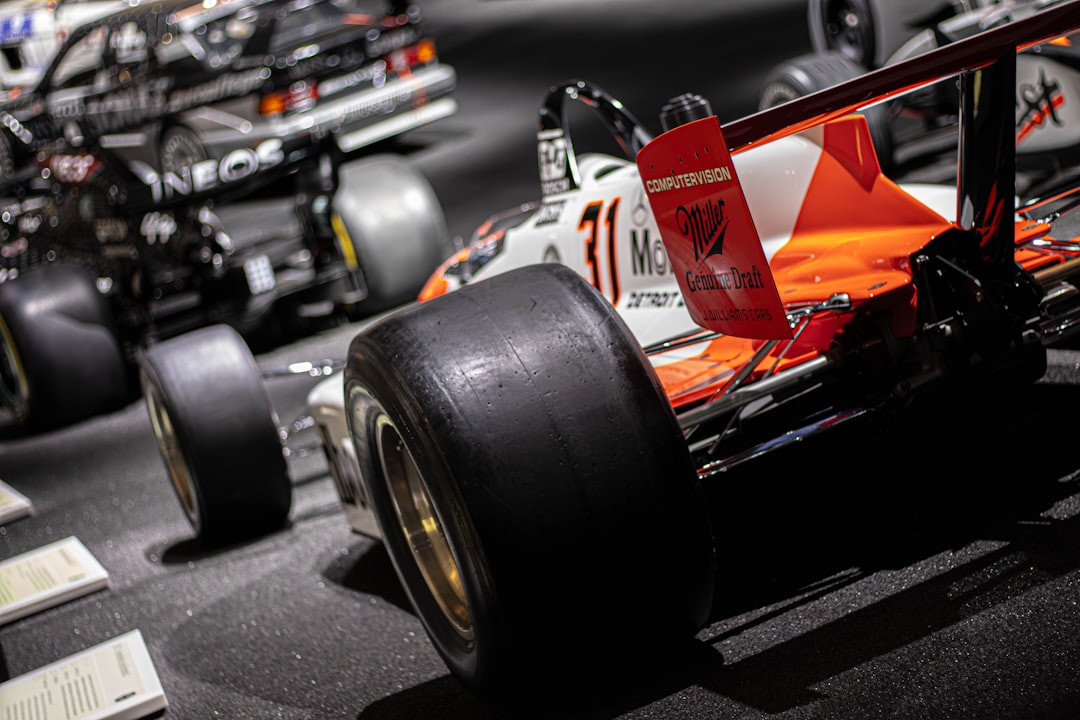
Car racing equipment retailers are in the midst of a rapid digital transformation. Enthusiasts still love to touch materials and see parts in person, yet they increasingly expect digital clarity and instant access to information. Traditional showrooms, event booths, and print materials create interest, but they do not always provide a clear path to action. QR codes solve this disconnect by turning every physical impression into a measurable opportunity.
The value compounds as inventory rotates, promotions change, and event calendars shift. Racing seasons are short, weekends are busy, and brand choices are wide. QR codes offer a flexible, cost-effective, and trackable mechanism to keep product information fresh, offers timely, and attribution visible. Retailers can transform passive browsing into active engagement while capturing first-party data that powers smarter marketing.
By weaving QR codes into everyday operations, retailers gain control over the buyer journey. In-store browsing turns into verified intent signals, print sends traffic you can measure, and events start producing contactable leads instead of anonymous impressions. The result is a faster path from interest to purchase with clearer proof of marketing impact.
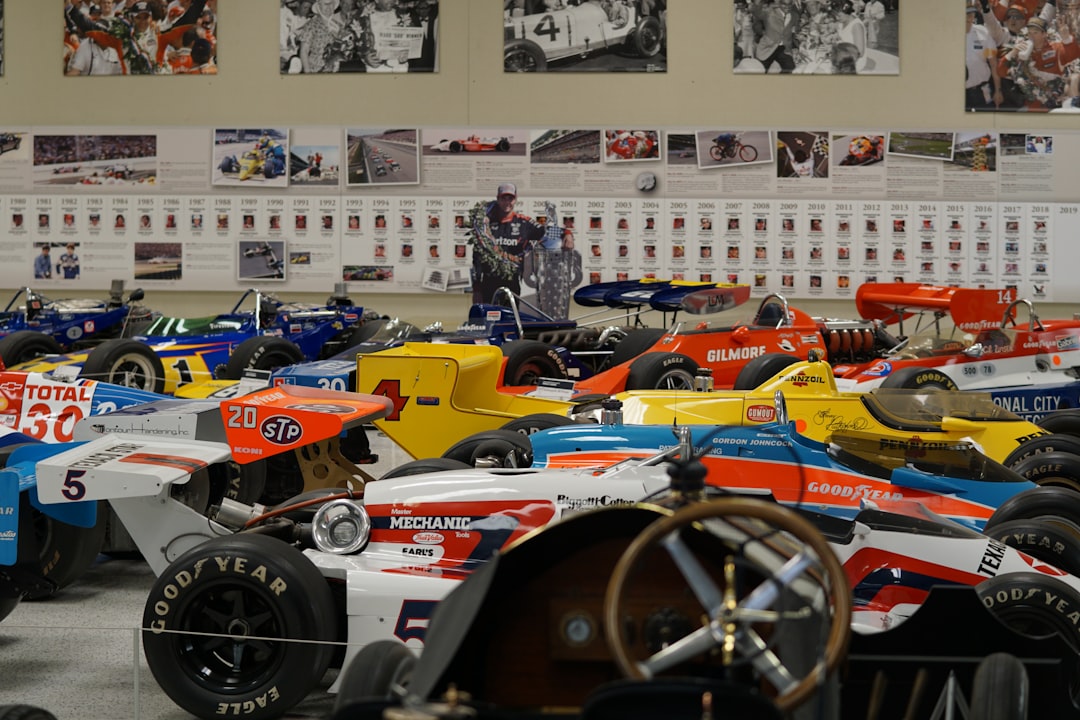
Not every scan should lead to the same destination. Format and intent matter. In a racing retail environment, buyers need quick access to specs, human support, and checkout options that match how they shop. Choosing the right QR format ensures the scan results in a meaningful action.
Static codes are best for evergreen materials that will not change for months, such as a general product category page. Dynamic codes are ideal when you want to edit destinations, run A/B tests, or capture detailed analytics without reprinting. With a centralized platform like Sona QR, you can manage formats, switch destinations by placement, and aggregate performance data in one place.
Each format should align with a specific task and environment. For example, put web links on packaging to unlock install guides, vCards on race-day banners for VIP sales contacts, and SMS triggers on repair bay signage for immediate expert help. The more you tailor format to context, the higher the scan-to-action rate. Start creating QR codes for free.

Growth hides in the moments that used to be unmeasurable. Anywhere your brand appears offline can become a digital onramp if you add the right code, copy, and destination. Identify the touchpoints where enthusiasts already engage, then make those moments trackable and actionable.
Start with your physical footprint: your storefront, displays, and checkout counters. Extend into your marketing assets: print catalogs, direct mailers, and OOH. Do not forget the motorsport moments that define this market: track days, car meets, and trade shows. Each touchpoint can do more than inform; it can convert.
Track placement performance and double down on the channels that produce the most scans and conversions. Over time, you will have a proven blueprint for where and how to deploy codes to maximize revenue.
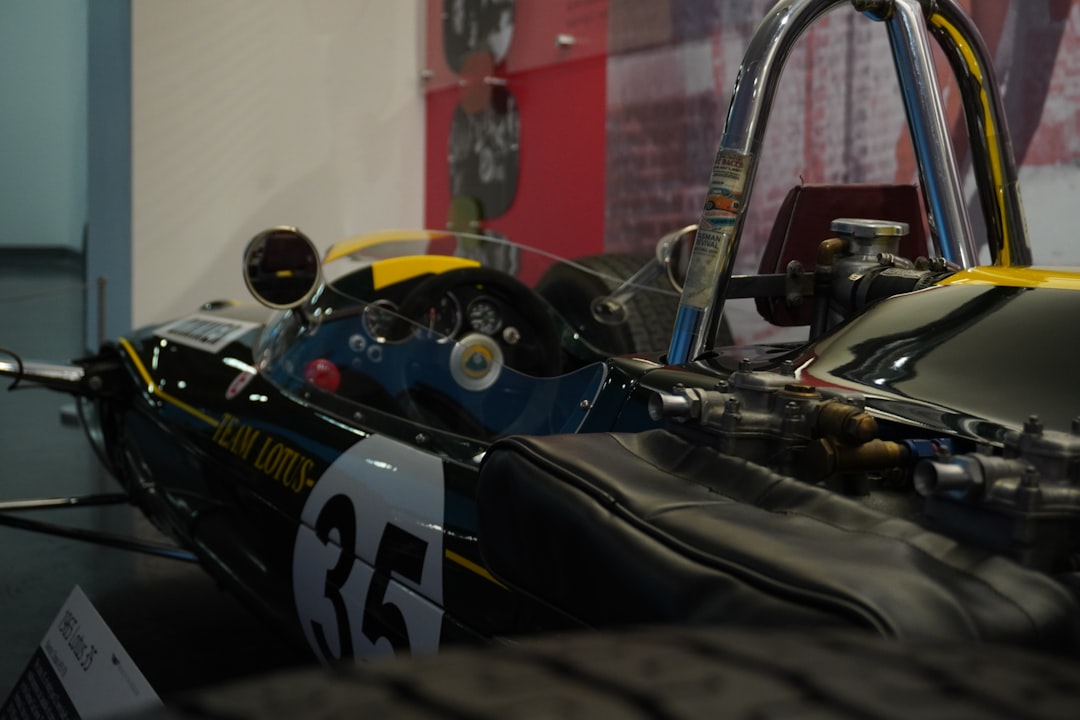
The average racing retailer serves a diverse audience: weekend track-day drivers, professional teams, tuners, and first-time enthusiasts. Each group needs something a little different in the moment, yet they all appreciate fast, reliable information. QR codes can meet those needs and keep the journey measurable.
The most effective use cases do more than provide information. They prompt a next step and attach context, such as which product line was viewed or which event the shopper attended. That data fuels better follow-up, smarter merchandising, and higher conversion rates.
Layer these use cases to build a seamless journey. For example, a customer scans specs on a helmet display, later registers the purchase at checkout, and then receives a post-race email sequence with discounts on HANS devices and visor tear-offs. Every step is connected and attributable.
Each scan tells you more than who is interested. It tells you when, where, and why they engaged. By deploying distinct codes across touchpoints, you can automatically segment audiences and build high-intent lists that convert at a higher rate than generic traffic.
For car racing equipment retailers, segmentation often maps to vehicle type, driver experience, event attendance, and product category preferences. A handful of thoughtful tags will allow targeted offers for pro teams versus hobbyists, or for track-use consumables versus street-legal accessories.
With Sona QR, each code becomes a smart sensor in your funnel. Identity resolution and profile enrichment connect scans to known contacts over time, so you can retarget based on real behavior instead of assumptions.
QR codes are glue for an integrated marketing strategy. They connect your offline presence to your digital ecosystem and make it possible to track influence across channels. When used correctly, codes reduce friction and increase the precision of your attribution model.
For racing retailers, the marketing mix spans high-touch visual experiences and fast-moving digital promotions. QR codes let a shopper move seamlessly from a dyno room screen to a mobile checkout, from a sponsorship banner to an Instagram follow, or from a direct mailer to a pre-loaded quote form.
Use a centralized platform like Sona QR to coordinate all codes across channels, monitor performance continuously, and sync scan data to your CRM and ad platforms. The result is a single source of truth for what drives engagement and revenue.
QR programs succeed when they are designed like campaigns, with clear objectives, structured deployment, and rigorous measurement. Treat each initiative as a repeatable playbook that you can refine over time.
The following steps turn scattered ideas into a consistent engine for growth. Adapt the examples to your product mix, event calendar, and store layout. The principles remain the same whether you are promoting performance brakes, FIA-approved safety gear, or track-day bundles.
Start with one high-impact objective. Examples include driving pre-orders for a new coilover line, filling a track-day roster, or increasing loyalty enrollment at checkout. State the target clearly and define how a scan will move the shopper toward that outcome. This keeps your creative, placement, and destination aligned.
Clarify what success looks like and how you will measure it. For example, aim to capture 200 event registrations within two weeks, or lift accessory attach rate by 15 percent for buyers who scan a comparison QR on the display. KPIs should be quantifiable and time bound.
Choose static codes for fixed destinations that will not change for months, such as a general category page. Use dynamic codes for anything that needs editing, testing, or tracking. Dynamic gives you the flexibility to rotate offers, test CTAs, and segment audiences without reprinting. Start creating QR codes for free.
Brand your codes with a clear border, sufficient contrast, and your logo so shoppers trust the destination. Add an explicit CTA near the code, such as “Scan for fitment,” “Scan to register,” or “Scan for today’s deal.” Avoid burying codes in clutter or placing them too high or too low to scan comfortably.
Run scans on multiple devices and operating systems under realistic conditions, including gloss glare, dim lighting, and angled views. Test landing pages for mobile performance and short load times. A beautiful code is only valuable if the post-scan experience converts.
Place codes where they intercept real-world intent. In-store displays, event booths, product packaging, and direct mail are high performers for racing retail. On the sales floor, focus on premium parts where specs matter, such as helmets, seats, and brake kits. At events, place large codes on banners and small codes on handouts or wristbands.
Sequence your rollout so you can isolate impact. Start with two to three placements, then expand. This makes it easier to understand what is working and why. Use unique codes for each placement to attribute performance accurately and iterate quickly.
Monitor scans by time, device, and location. Compare engagement rates by placement and by CTA. Identify drop-offs between scan and conversion, then refine landing pages, incentives, or messaging. Run A/B tests on headlines, offer structure, and imagery to steadily improve scan-to-action rates.
Feed these insights back into creative and media decisions. If event banners outperform shelf talkers, shift budget and production accordingly. If SMS triggers outperform web links for consultations, design more of your campaign around that behavior. With Sona QR, you can manage these changes centrally and see results in real time.
A strong checklist culture prevents missed opportunities and ensures each code is tied to a goal, a destination, and a measurement plan. Over time, your QR playbooks will become a reliable driver of incremental revenue.
Many retailers rely on instinct when evaluating offline impact. QR analytics replace guesswork with clarity by capturing the who, what, where, and when of each interaction. When integrated with your CRM and attribution tools, scans can be traced to pipeline and revenue, not just engagement.
The objective is to follow the journey from “scan” to “sale.” That requires connecting scan events to identifiable contacts, associating them with website visits and product views, then attributing conversions to the set of interactions that influenced the outcome. With the right tools, this becomes both practical and repeatable. For help turning anonymous visitors into known accounts, see Sona’s guide to account identification.
Sona QR captures scan-level detail, while Sona.com provides identity resolution and multi-touch attribution that links offline engagement to revenue. Together, they give racing retailers a single system of record for real-world interactions and their bottom-line impact.
Once your first campaigns are live, small refinements can deliver outsized gains. The right tags, CTAs, and follow-up sequences push more scans to conversion and increase your return on print and event investments.
Balance creativity with clarity. Novel placements can delight shoppers, but the call to action must communicate value instantly. Equip your staff to promote scans naturally, especially during peak hours when they cannot assist every shopper in depth.
As you scale, maintain a test-and-learn mindset. Rotate offers, test copy variations like “Scan for setup tips” versus “Scan to save 10 percent,” and continually refine based on performance data captured in Sona QR.
QR codes are more than a shortcut. They are a strategy for turning every physical surface into a digital entry point and every moment of interest into a measurable action. For car racing equipment retailers, codes compress the distance between curiosity and conversion while building a rich layer of first-party data.
Here is what an effective program delivers:
With Sona QR, you can generate, manage, and track your codes from a single dashboard. Sona.com extends that foundation with identity resolution and multi-touch attribution, connecting scans to pipeline and revenue so you can invest with confidence.
Car racing equipment retailers that adopt QR codes thoughtfully gain speed where it matters most: understanding demand, activating it in real time, and proving what works. Start with one focused use case, instrument it well, and expand based on what the data tells you. Your customers will appreciate the clarity and convenience, and your team will appreciate the measurable lift in conversions and the confidence that every offline moment can now be counted.
QR codes have revolutionized the car racing equipment retail industry by transforming traditional marketing into interactive, measurable growth engines. Whether it’s attracting new racing enthusiasts, enhancing the in-store and online shopping experience, or providing instant access to detailed product specs and promotions, QR codes turn every marketing asset into a high-impact conversion tool. Imagine knowing exactly which product displays or ads drive sales and loyalty—empowering you to optimize campaigns on the fly.
With Sona QR, you can effortlessly create dynamic, trackable QR codes that update instantly without the hassle of reprinting. Connect every scan directly to revenue, track customer behavior in real time, and tailor your offers to maximize engagement and conversions. No missed opportunities—just smarter, faster growth for your car racing equipment retail business. Start for free with Sona QR today and accelerate your path from scan to sale.
QR codes help car racing equipment retailers bridge offline and online engagement by enabling instant access to product information, measurable customer interactions, and real-time data for improving sales and marketing efforts.
Retailers can place QR codes on displays, packaging, event signage, and print materials to provide instant product demos, fitment checks, warranty registrations, and exclusive offers, which streamline the buyer journey and boost conversions.
Formats include web links for product pages and checkout, vCards for contact sharing, SMS or email triggers for inquiries, Wi-Fi access for showroom browsing, and app download links to drive loyalty program adoption.
Effective placements include in-store displays, product packaging, event booths and banners, point-of-sale materials, direct mailers, out-of-home advertising near tracks or tuning shops, and motorsport events like track days.
QR codes provide scan-level data such as timestamp, location, and device type, which can be integrated with CRM and attribution tools to track customer journeys from scan to purchase and optimize marketing spend.
They should define a clear use case and success metrics, choose the appropriate QR code type, design and test the code for usability, deploy it across high-impact channels, and continuously track and optimize performance.
By creating unique QR codes for different customer journey stages and tagging scans with intent and location data, retailers can segment audiences and sync this data with CRM and ad platforms for targeted, intent-driven retargeting.
QR codes connect physical assets like brochures, signage, and events with digital content and ecommerce, enabling seamless customer experiences and precise attribution across multiple marketing channels.
Dynamic QR codes allow retailers to update destinations, run A/B tests, and capture detailed analytics without reprinting materials, providing flexibility to adapt offers and content as inventory and promotions change.
Insights and case studies can be found through platforms like Sona QR's blog and use case guides, which provide examples and measurement strategies for QR code applications in racing equipment retail.
Use Sona QR's trackable codes to improve customer acquisition and engagement today.
Create Your FREE Trackable QR Code in SecondsJoin results-focused teams combining Sona Platform automation with advanced Google Ads strategies to scale lead generation

Connect your existing CRM

Free Account Enrichment

No setup fees
No commitment required

Free consultation

Get a custom Google Ads roadmap for your business






Launch campaigns that generate qualified leads in 30 days or less.
